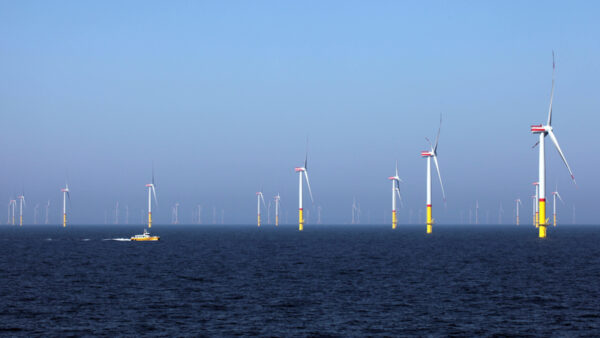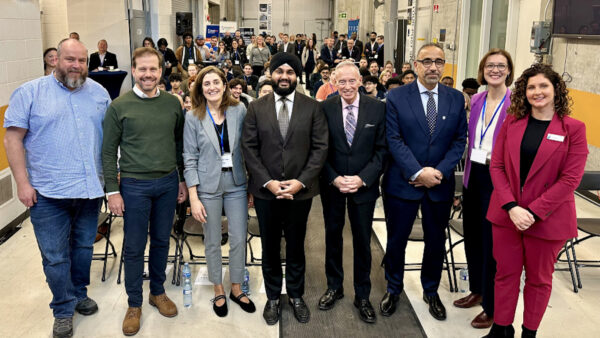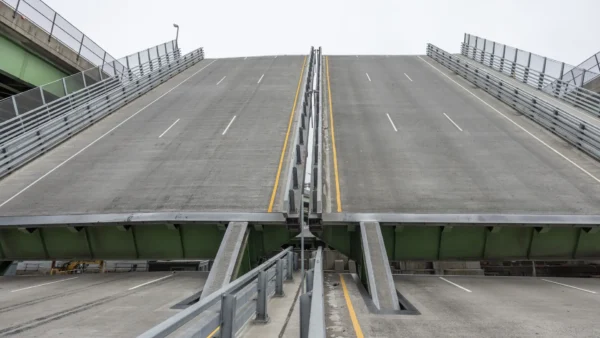The Femern Link Contractors joint venture has started work on the 18-km-long Fehmarnbelt tunnel linking Germany and Denmark, claimed to be the world’s longest immersed combined road and rail tunnel.
Upon scheduled completion in mid-2029, the link will cut the journey between the German and Danish coasts to just seven minutes by train and 10 minutes by car, down from the current travel time of one hour by ferry or a 160km drive.
Up to 9m high and 43m wide, the link will foster trade and tourism in Northern Europe, its developer, Femern A/S, believes.
Work started on the Danish side at Rødby, with the construction of a large factory that will manufacture the 200-metre-long precast concrete box girders that will be sunk to make the tunnel between Denmark’s Lolland Falster region and Germany’s Schleswig Holstein Land.
Work can now begin on the German side after the German Federal Administrative Court rejected all complaints against the tunnel in November last year.
The project will have a workforce of 2,000 employees at the peak of activity.
The joint venture comprises Vinci Construction Grands Projets (lead company for the two contracts covering construction of the immersed tunnel and the tunnel precast element factory), Per Aarsleff Holding (lead company for the third contract, which covers the tunnel access ramps), Soletanche Bachy International (a Vinci Construction subsidiary), CFE, Dredging International NV, Wayss & Freytag Ingenieurbau, Max Bögl Stiftung & Co, Bam Infra and Bam International. Consultant is COWI.
In a press release issued by Bam on 2 February, Hakim Naceur, project director for the Tunnel North and Tunnel South Contract, said: “We have been looking forward to this moment and are very pleased that this magnificent project can now be realised.”
Christian Lundhus, Project Director, Tunnel, Portal and Ramps Contract: “Our team which is growing day by day is excited to be part of the project and is already very busy. As of today, we have much focus on the design, the site in Rødby is being prepared for our offices, village and not least the huge factory which is to be used for constructing the tunnel elements.”
Image: Work started on the Danish side at Rødby, with the construction of a large factory that will manufacture the 200-metre-long precast concrete box girders that will be sunk to make the tunnel (Courtesy of Royal Bam Group)
Further reading:






